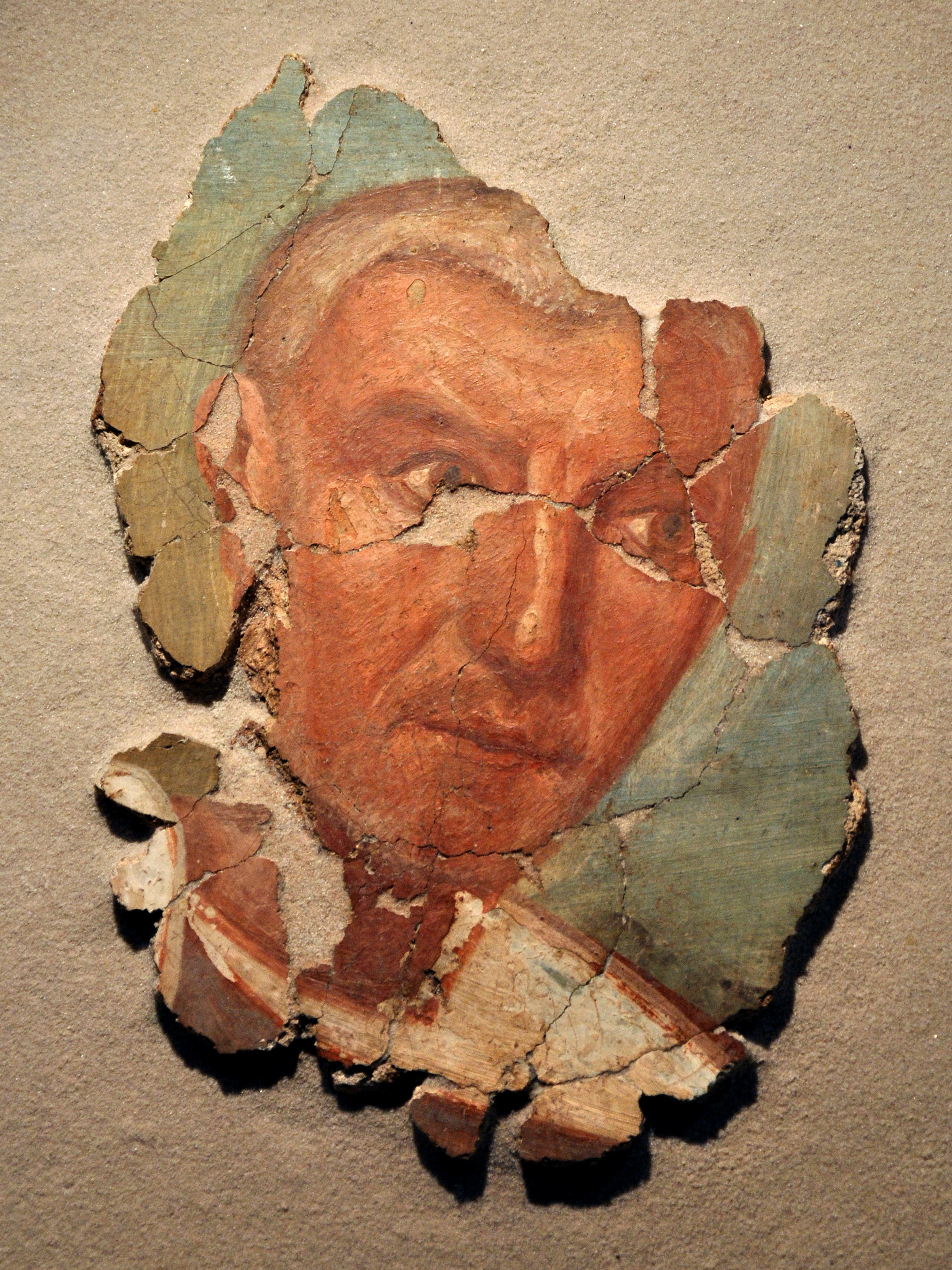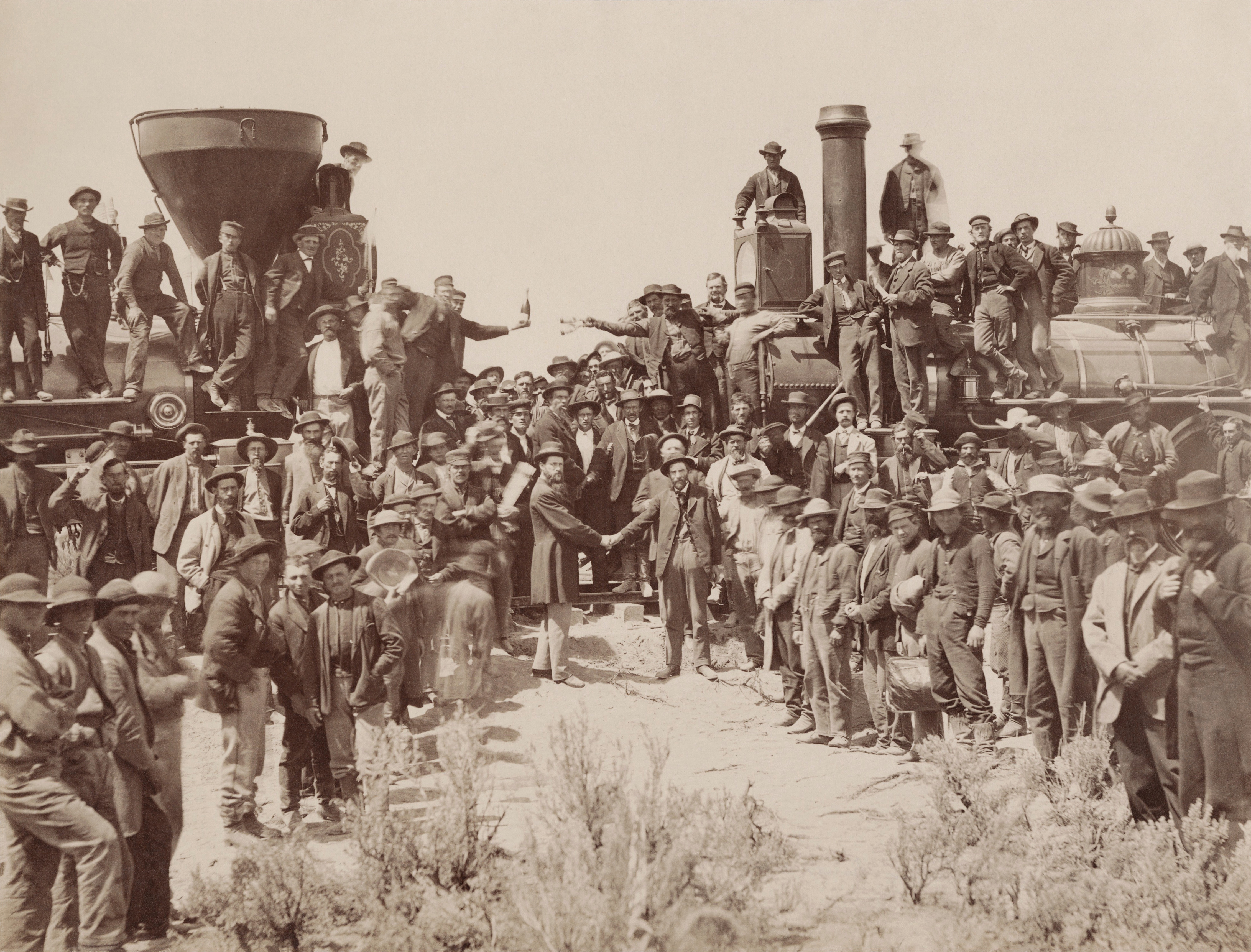|
Gaston Portevin
Gaston Portevin (1869–1946) was a French naturalist and entomologist. He specialized in beetles and wrote several books including a monograph of the Silphidae, which he called "necrophages". Early life Portevin was born in Évreux. His brother Henri Portevin (1874–1945) was also a naturalist and entomologist. He worked as a bank manager in Marne (department), Marne. Entomology He was introduced into entomology by Maurice Auguste Régimbart. He collected beetles extensively, became a part of the Paris beetle-collecting circle and became a subscriber of the ''Miscellanea Entomologica''. He was a friend of publisher Paul Lechevalier through whom he produced several books on beetles. Portevin produced a key to the French Longhorn beetle, Cerambycidae in 1927. Another major work was ''Histoire naturelle des coléoptères de France'' which he wrote from 1929 to 1935 which sought to be an exhaustive catalogue of all the beetles of France. He also collected diptera and wrote o ... [...More Info...] [...Related Items...] OR: [Wikipedia] [Google] [Baidu] |
Silphidae
Silphidae is a family of beetles that are known commonly as large carrion beetles, carrion beetles or burying beetles. There are two family (biology), subfamilies: Silphinae and Nicrophorinae. Members of Nicrophorinae are sometimes known as burying beetles or sexton beetles. The number of species is relatively small, at around two hundred. They are more diverse in the temperate region although a few tropical endemics are known. Both subfamilies feed on decaying organic matter such as dead animals. The subfamilies differ in which uses parenting, parental care and which types of carcasses they prefer. Silphidae are considered to be of importance to forensic entomologists because when they are found on a decaying body they are used to help estimate a post-mortem interval. Taxonomy, evolution, and etymology The family Silphidae belongs to the order beetle, Coleoptera. They are commonly referred to as carrion beetles or burying beetles and are usually associated with carrion, fungus, ... [...More Info...] [...Related Items...] OR: [Wikipedia] [Google] [Baidu] |
Évreux
Évreux () is a commune in and the capital of the department of Eure, in the French region of Normandy. History Antiquity In late Antiquity, the town, attested in the fourth century AD, was named '' Mediolanum Aulercorum'', "the central town of the Aulerci", the Gallic tribe then inhabiting the area. Mediolanum was a small regional centre of the Roman province of Gallia Lugdunensis. Julius Caesar wintered eight legions in this area after his third campaigning season in the battle for Gaul (56-55 BC): Legiones VII, VIII, IX, X, XI, XII, XIII and XIV. Middle Ages The first known members of the family of the counts of Évreux were descended from an illegitimate son of Richard I, duke of Normandy. These counts became extinct in the male line with the death of Count William in 1118 AD. The county passed by right of Agnes, William's sister and wife of Simon I de Montfort (died 1087 AD) to the house of the lords of Montfort-l'Amaury. Amaury VI de Montfort-Évreux ceded the t ... [...More Info...] [...Related Items...] OR: [Wikipedia] [Google] [Baidu] |
Marne (department)
Marne () is a department in the Grand Est region of France. It is named after the river Marne which flows through it. The prefecture (capital) of Marne is Châlons-en-Champagne (formerly known as Châlons-sur-Marne). The subprefectures are Épernay, Reims, and Vitry-le-François. It had a population of 566,855 in 2019. The Champagne vineyards producing the eponymous sparkling wine are in Marne. Name The department is named after the Marne, which was called ''Matrona'' in Roman times. History Marne is one of the original 83 departments created during the French Revolution on March 4, 1790. It was created from the province of Champagne. Marne has a long association with the French Army. The training ground of the ''Camp Militaire de Mailly'' straddles the border with the département of Aube in the south while that of the ''Camp de Mourmelon'' occupies a large area north of Châlons-en-Champagne. The smaller ''Camp de Moronvilliers'' lies to the east of Reims and the ... [...More Info...] [...Related Items...] OR: [Wikipedia] [Google] [Baidu] |
Maurice Auguste Régimbart
Maurice Auguste Régimbart (1852 in Evreux – 22 September 1907 in Evreux) was a French entomologist who specialised in Coleoptera, particularly Dytiscidae, Gyrinidae and Hydrophilidae. Regimbart worked on expedition material collected mainly from French colonial empires, French, Italian Empire, Italian and Belgian colonial empire, Belgian colonies. He was a member of the Société entomologique de France. Selected works *1877. Recherches sur les organes copulateurs et sur les fonctions génitales dans le genre Dytiscus. ''Ann. Soc. Entomol. France'' 46:263-274 + pl. 6. *1878. Etude sur la classification des Dytiscides. ''Ann. Soc. Entomol. France'' 8:447-466. *1882. Essai monographique de la famille des Gyrinidae, pt. 1. ''Ann. Soc. Entomol. France'' (6 ser., vol. 2) 51:379-458 + 3 pls. *1883. Essai monographique de la famille des Gyrinidae, pt. 2. ''Ann. Soc. Entomol. France'' (6 ser., vol. 3) 52:121-190 + 5 pls. *1888. Descriptions de Dytiscides nouveaux de l'Amérique de Sud. ... [...More Info...] [...Related Items...] OR: [Wikipedia] [Google] [Baidu] |
Miscellanea Entomologica
''Miscellanea Entomologica'' was a French entomology, entomological scientific journal. It was originally published by Eugène Barthe and established in 1892. Beginning The first issue of ''Miscellanea Entomologica'' was published in a larger format (24 x 36 cm), but immediately the following ones were smaller (18 x 24 cm). The first year was published both in French and in German. The first issues consisted mainly of capture notes and announcements for the sale or exchange of insects. History There were 3 different publishers: Eugène Barthe (1892-1940) When Eugène Barthe, Barthe started ''Miscellanea Entomologica'', he was 30. He had a great deal of difficulty finding enough subscribers to pay the costs of production and expedition- but 30 years later the publication was one of the most important in Europe. The main works published were on Beetle, Coleoptera. The field of study was insects of France, the Rhine, Rhine Valley with Switzerland, Belgium and the ... [...More Info...] [...Related Items...] OR: [Wikipedia] [Google] [Baidu] |
Longhorn Beetle
The longhorn beetles (Cerambycidae), also known as long-horned or longicorns (whose larvae are often referred to as roundheaded borers), are a large family of beetles, with over 35,000 species described. Most species are characterized by Antenna (biology), antennae as long as or longer than the beetle's body. A few species have short antennae (e.g., ''Neandra brunnea''), making them difficult to distinguish from related families such as Chrysomelidae. "Cerambycidae" comes from a Greek mythological figure: after an argument with Nymph, nymphs, the shepherd Cerambus is transformed into a large beetle with horns. Longhorn beetles are found on all continents except Antarctica. Description Other than the typical long antennal length, the most consistently distinctive feature of adults of this family is that the antennal sockets are located on low tubercles on the face; other beetles with long antennae lack these tubercles, and cerambycids with short antennae still possess them. They ... [...More Info...] [...Related Items...] OR: [Wikipedia] [Google] [Baidu] |
Maurice Pic
Maurice Pic (23 March 1866, in Marrigny near Digoin – 29 December 1957, in Les Guerreaux) was a French entomologist who specialised in Coleoptera. He contributed to Mary-Louis Fauconnet's ''Catalogue raisonné des coléoptères de Saône-et-Loire'' (Le Creusot, Martet, 1887) and wrote many short papers, many in ''L'Échange, Revue Linnéenne'' describing world beetles. His most important work was for Sigmund Schenkling's still very relevant ''Coleopterorum Catalogus''. Pic's collection is in the Muséum national d'histoire naturelle The French National Museum of Natural History ( ; abbr. MNHN) is the national natural history museum of France and a of higher education part of Sorbonne University. The main museum, with four galleries, is located in Paris, France, within the Ja ... in Paris. Works Excluding short papers. *1898–1934. Matériaux pour servir a l'étude des Longicornes. Cahiers 1–11, 120 pages *1902. Coleoptera Heteromera Fam. Hylophilidae. P. Wytsman (ed ... [...More Info...] [...Related Items...] OR: [Wikipedia] [Google] [Baidu] |
1869 Births
Events January * January 3 – Abdur Rahman Khan is defeated at Tinah Khan, and exiled from Afghanistan. * January 5 – Scotland's second oldest professional football team, Kilmarnock F.C., is founded. * January 20 – Elizabeth Cady Stanton is the first woman to testify before the United States Congress. * January 21 – The P.E.O. Sisterhood, a philanthropic educational organization for women, is founded at Iowa Wesleyan College in Mount Pleasant, Iowa. * January 27 – The Republic of Ezo is proclaimed on the northern Japanese island of Ezo (which will be renamed Hokkaidō on September 20) by remaining adherents to the Tokugawa shogunate. February * February 5 – Prospectors in Moliagul, Victoria, Australia, discover the largest alluvial gold nugget ever found, known as the " Welcome Stranger". * February 20 – Ranavalona II, the Merina Queen of Madagascar, is baptized. * February 25 – The Iron and Steel Institute is form ... [...More Info...] [...Related Items...] OR: [Wikipedia] [Google] [Baidu] |
1946 Deaths
1946 (Roman numerals, MCMXLVI) was a common year starting on Tuesday of the Gregorian calendar, the 1946th year of the Common Era (CE) and ''Anno Domini'' (AD) designations, the 946th year of the 2nd millennium, the 46th year of the 20th century, and the 7th year of the 1940s decade. Events January * January 6 – The 1946 North Vietnamese parliamentary election, first general election ever in Vietnam is held. * January 7 – The Allies of World War II recognize the Austrian republic with its 1937 borders, and divide the country into four Allied-occupied Austria, occupation zones. * January 10 ** The first meeting of the United Nations is held, at Methodist Central Hall Westminster in London. ** ''Project Diana'' bounces radar waves off the Moon, measuring the exact distance between the Earth and the Moon, and proves that communication is possible between Earth and outer space, effectively opening the Space Age. * January 11 – Enver Hoxha declares the People's Republic ... [...More Info...] [...Related Items...] OR: [Wikipedia] [Google] [Baidu] |





